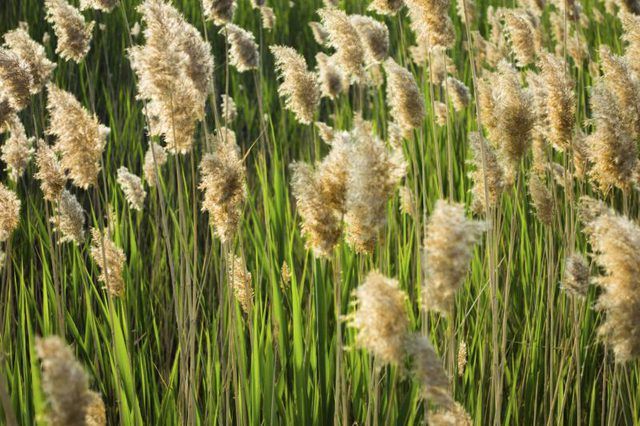Bulbs
Flower Basics
Flower Beds & Specialty Gardens
Flower Garden
Garden Furniture
Garden Gnomes
Garden Seeds
Garden Sheds
Garden Statues
Garden Tools & Supplies
Gardening Basics
Green & Organic
Groundcovers & Vines
Growing Annuals
Growing Basil
Growing Beans
Growing Berries
Growing Blueberries
Growing Cactus
Growing Corn
Growing Cotton
Growing Edibles
Growing Flowers
Growing Garlic
Growing Grapes
Growing Grass
Growing Herbs
Growing Jasmine
Growing Mint
Growing Mushrooms
Orchids
Growing Peanuts
Growing Perennials
Growing Plants
Growing Rosemary
Growing Roses
Growing Strawberries
Growing Sunflowers
Growing Thyme
Growing Tomatoes
Growing Tulips
Growing Vegetables
Herb Basics
Herb Garden
Indoor Growing
Landscaping Basics
Landscaping Patios
Landscaping Plants
Landscaping Shrubs
Landscaping Trees
Landscaping Walks & Pathways
Lawn Basics
Lawn Maintenance
Lawn Mowers
Lawn Ornaments
Lawn Planting
Lawn Tools
Outdoor Growing
Overall Landscape Planning
Pests, Weeds & Problems
Plant Basics
Rock Garden
Rose Garden
Shrubs
Soil
Specialty Gardens
Trees
Vegetable Garden
Yard Maintenance
How to Grow Cattails
How to Grow Cattails. Cattails (Typha spp.) are native to marshes or other locations with shallow water and require similar conditions to grow well in the garden. They work well planted on the shorelines of ponds, in slow-moving streams or in container water gardens. Most varieties can be invasive, so don't plant them unless you are willing to...

Cattails (Typha spp.) are native to marshes or other locations with shallow water and require similar conditions to grow well in the garden. They work well planted on the shorelines of ponds, in slow-moving streams or in container water gardens. Most varieties can be invasive, so don't plant them unless you are willing to control their spread.
Choosing Cattails
Narrow-leaved cattail (Typha angustifolia) is hardy in U.S. Department of Agriculture plant hardiness zones 3 through 8, and common or broadleaf cattail (Typha latifolia) is hardy in USDA zones 3 through 10. These cattails both require full sun. Narrow-leaved cattail reaches 2 to 5 feet tall, and common cattail grows 3 to 9 feet high. A smaller, easier to control alternative is the dwarf cattail (Typha minima), which is hardy in USDA zones 2 through 9. This cattail grows in full or partial sun and reaches 2 to 3 feet tall.
Planting Location
Cattails require moist or wet soil and will not survive drought conditions without supplemental watering to keep the soil from drying out. They grow well in standing water but also tolerate soils that stay constantly moist but not soggy. The depth of standing water cattails will grow in varies by species. Narrow-leaved and common cattails can grow in water levels up to about 2 1/2 feet deep. The smaller, dwarf cattails grow in water 3 to 6 inches deep. When growing cattails in pots for container water gardens, the edge of the pots should sit just below water level.
Fertilizing Tips
If fish live in the pond or water garden where you are planting cattails, adding fertilizer is not recommended. Chemical fertilizers can kill fish or make them ill, and the fish will provide natural fertilizer to keep the plants healthy. If the pond or water garden has no fish, then slow-release tablets or granular fertilizer can be applied once a month during the growing season. Choose a fertilizer with a nitrogen-phosphorus-potassium (N-P-K) ratio of 5-10-5, 10-6-4 or 12-8-8, and apply at a rate of 4 ounces per 1 cubic foot of soil. Push tablet fertilizers directly into the soil or wrap granular fertilizers in coffee filter paper so they are easier to bury in submerged soil.
Controling Growth
Cattails spread aggressively from seeds and underground roots. Growing in a container water garden will control spread via roots, but the seeds can still spread to nearby wet areas. When grown in a pond or stream, cattails can spread to fill the entire shoreline if their growth is left unchecked. To keep cattails confined to one area of the pond requires regular removal of new plants. Unwanted cattails can be pulled when they reach 6 inches above the water surface. Be sure to remove the entire plant, including as many roots as possible. An alternate control method is to cut off the new green shoots as they emerge from the water using sharp shears or gasoline-powered trimming equipment. Never use an electric trimmer near the water as this can result in electrocution.